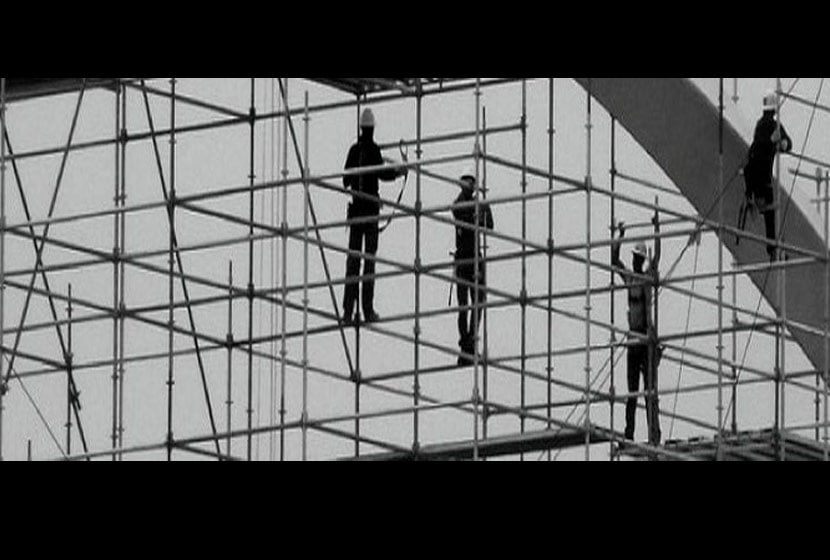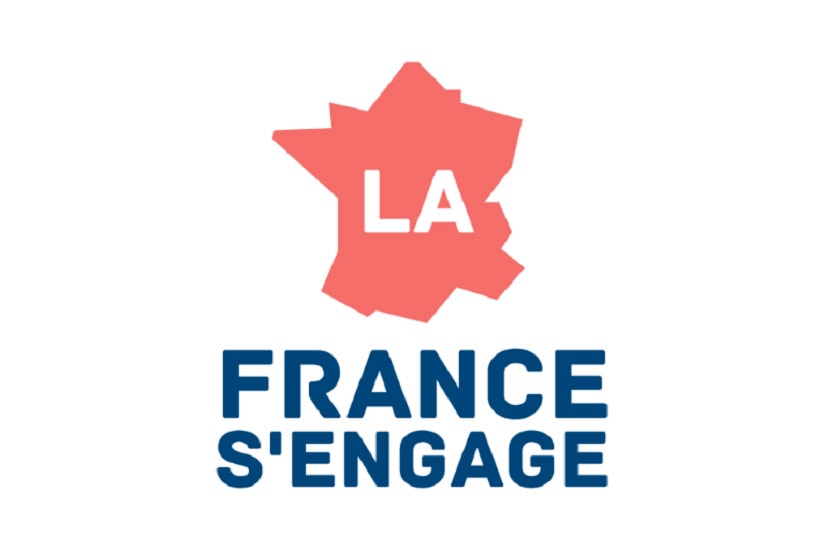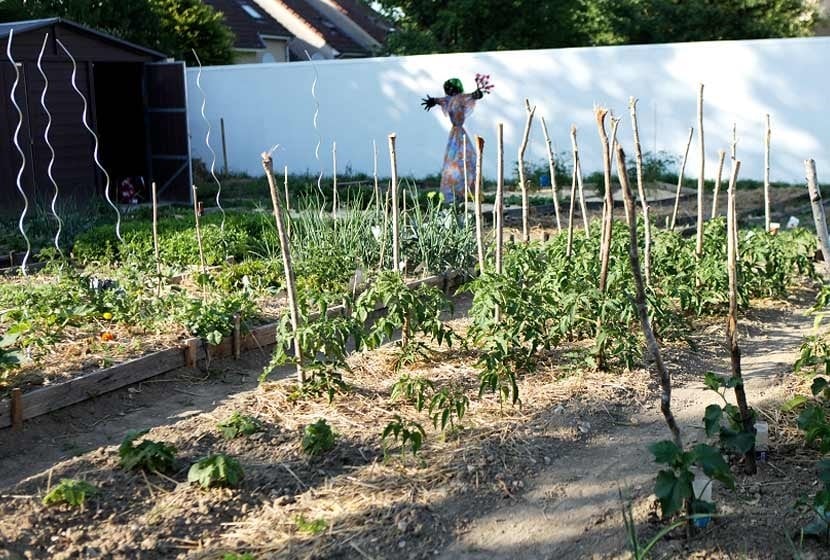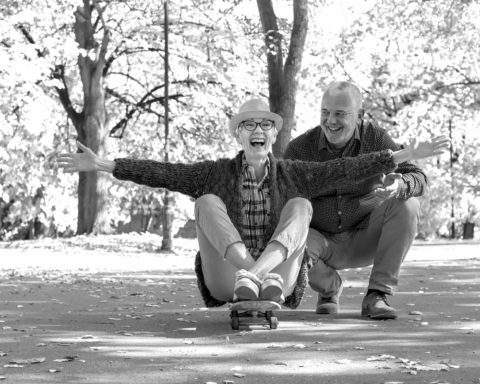Or the interest of neuroscience in collaborative transformation-collaborative
Changing models is an ambitious task. The explosion of expected gains thanks to digital technology is a favourable condition for change. This paradigm shift requires significant cognitive and emotional changes in the "brains". New representations will have to be valued, the practices that have made it possible to succeed in the past will have to be abandoned and new ones invented.
The digital enterprise is leading to more transversality and a transformation of collaborative modes. To accompany this change, a voluntary approach is needed. Transforming the cognitive, emotional and mimetic skills of individuals is a laborious process. Thinking collectively, breaking out of silos, moving towards a networked functioning requires more relational parity. It is based on a different perception of the position of the actors, neither below nor above but side by side. Each must integrate the stakes of the others as constitutive elements of their daily choices.
Elaboration of a transformation plan for the development of a team's collective competence
Here is a diagram structuring the process. It is articulated on two polarities and has six axes. The two polarities are to be explicitly integrated into each of the team's registers of reflection. They will support the transformation effort, give it meaning and provide resources for innovation.
A more open and diverse societal purpose
expected gains for the shareholder who wishes to perpetuate his assets; for clients who want more service; a high demand for young talent that is less easily influenced; an ecological and societal environment that imposes increasingly varied constraints.
Awareness of the emergence of new resources :
powerful technological innovations; social networks; understanding how the human brain works. This last point is central to enabling a breakthrough in the understanding of human complexity.
The six axes serve as a structure for the progress of the stakeholders' transformation project and the development of action plans. These axes collectively guide them to transform their representations, to inhibit old practices, to think collectively (and eco-systemically), to design and experiment with new options, to modify decision-making processes and implementation... in short, to change their world!

I will not give detailed explanations on the objectives and useful tools for this work, my contribution focuses on the cognitive, emotional and mimetic interest of each of these axes.
The Vision: Co-developing the Vision and Strategies
Memory is made up of past experiences. Brain plasticity allows memory to be retained through anatomical changes in the brain. It is expressed by the networking of neurons. The repetitive use of these networks leads to high-performance cognitive routines. The memory of the future (remembering what we will do tomorrow, projecting ourselves into the future to make decisions) has the particularity of using the same areas of the brain as those of the past. The person who has not worked on his representations of the future by making hypotheses, by questioning received ideas, will naturally envisage the future with his representations of the past.
Working on the vision with a minimum of forward-looking work based on information inputs is essential for the team to lead a transformation. Otherwise, cognitive routines, emotional assessments...will take over at the first opportunity.
Cohesion: Forming a body in cohesion, diversity and open relationships
Going through the crises of transformation causes emotional turmoil. The team must be able to stand together in the face of adversity. To do this, it wants to be better able to recognize what comes from the personality of teammates and what comes from operational and technical disagreements. Emotions are the source of our impulses. They influence the way we live each situation. For them, past and present come together. They determine our behaviour. In addition, trust is built. Warm relational interactions and signs of mutual encouragement allow the confidence hormone (oxytocin) to play its role. When teammates know how to manage their emotions and help each other, the energy available is increased tenfold.
The project: sharing responsibility for process and outcome
Humans have different types of memory. Three for knowledge, one for skills. Perceptive, semantic, episodic memories allow us to remember images, sounds...vocabulary, lived experiences and their emotional consequences. The memory of skills, procedural memory, is used to "know how to ride a bike". This memory is the one we use to develop strategies, to coordinate our gestures or to support an argument. It is particularly solid, cycling skills cannot be forgotten.
When we want to change the automatisms of procedural memory, two movements must be coordinated in the brain (unlearn to learn). The inhibition of acquired cognitive routines (those that are to be challenged) and the development of new neural circuits must be carried out simultaneously. This challenge takes time and pugnacity. Competition also exists in the brains of individuals. It is by implementing the project that this work will be done. Procedural memory is built up in a trial-and-error process. Long live trial and error!
Collective Leadership: Influencing Ecosystem Transformation
The team, the organization is an open system. It is impossible to transform a system sustainably without working on its interfaces. The legitimacy and the main gains of the changes are there. Knowing how to work leadership collectively is a great exercise (bravo for Cigref). The importance of communication has now been proven. Mirror neurons (discovered in the 90s) are activated in the brain when we see others acting. They are also sensitive to sounds and emotions. These are the neurons of mimicry.
They lead the brain to simulate observations, to value new mental patterns and new authority figures. They are strongly solicited in relational interactions. Mimicry plays a very important role in cultural evolution. In transformation projects, it is not enough to imagine innovations, we must know how to install them in the ecosystem and make them desirable to those who have to adopt them.
Openness: being open to innovations and drawing on networks
Searching for new ways with representations of the past is impossible. Imagination, in order to exercise itself, needs new information. The opening of perceptions, the exploration of other positions, the questioning of beliefs, the shifting of attention are necessary passages for the innovator's brain. Without these disturbances he will simply be unable to innovate. Everyone "does" with what is in his head.
Motivation: articulating the individual project and the collective project
The power of intrinsic motivation (which comes from oneself) versus extrinsic motivation (which comes from others) is well known to coaching specialists. Neuroscience proves that the desire of the owner of the brain is decisive. In a collective project, everyone must find his place and his account. Motivation comes from the shared vision, from the collective impetus produced by the social bond, from the pride felt when results are achieved and from the satisfaction of each person's deepest intentions. Fear, stress, anger at difficulties and trial and error can put motivation to the test. It will then be necessary to take the time to revalue the effort, to mediate between the parties by refocusing on the meaning of the project, its expected gains and its value in the teammate's frame of reference.
This information about this new resource of neuroscience can save time, lighten the path and offer the pleasure of marveling at the discoveries of the sciences of human nature. Transforming the cognitive, emotional and mimetic routines that are active in collaboration is ambitious. Technology and context are key, and understanding the brain is a resource that opens up new paradigms for the quality of human relationships.
Bernadette Lecerf-Thomas, author of :
- Activating talent with neuroscience, from individual talent to collective intelligence, PEARSON 2012
- Neuroscience and management, the power to change, EYROLLES 2009, 2014
- Managerial informatics, relations and systemic approach, HERMES 2006












